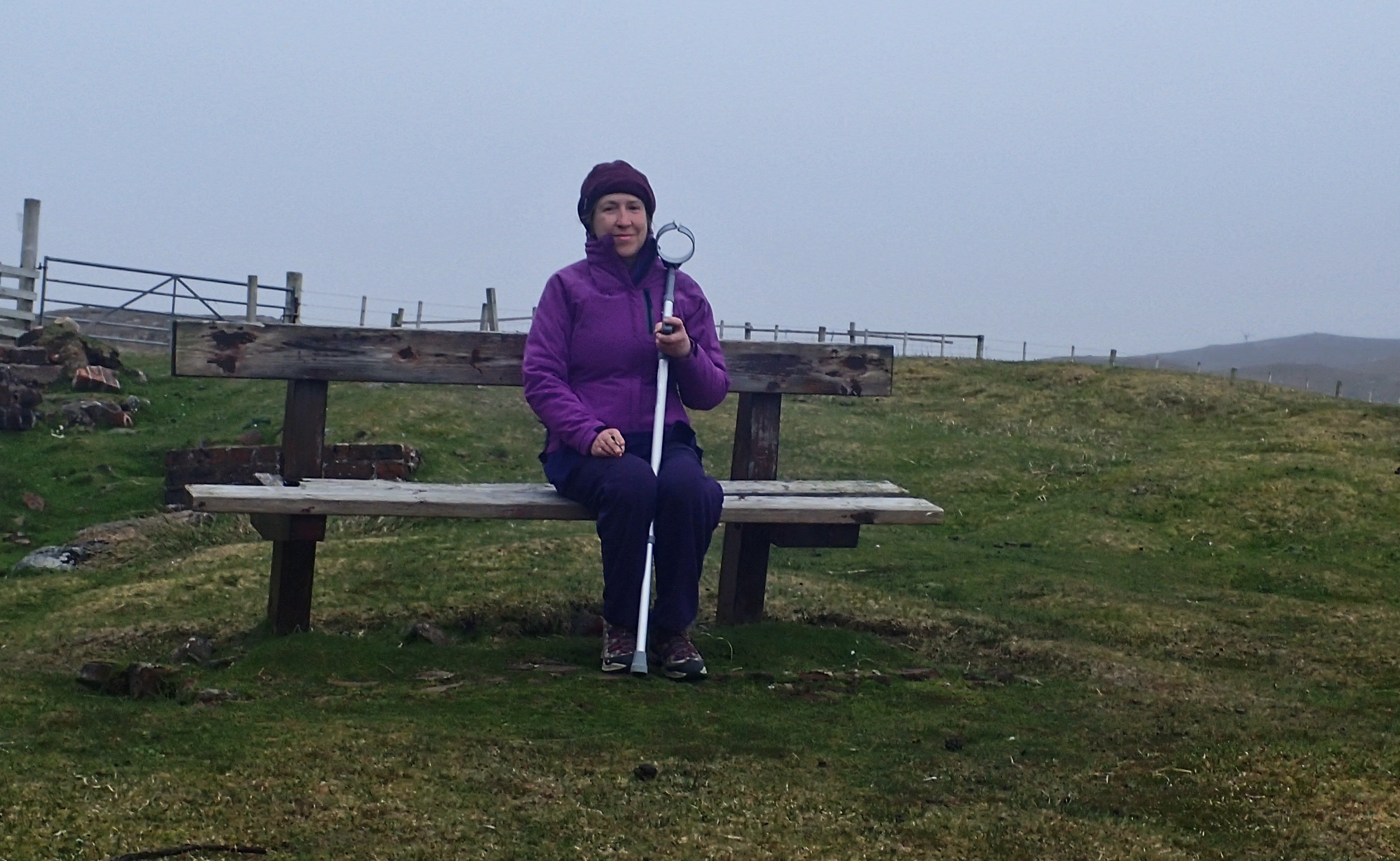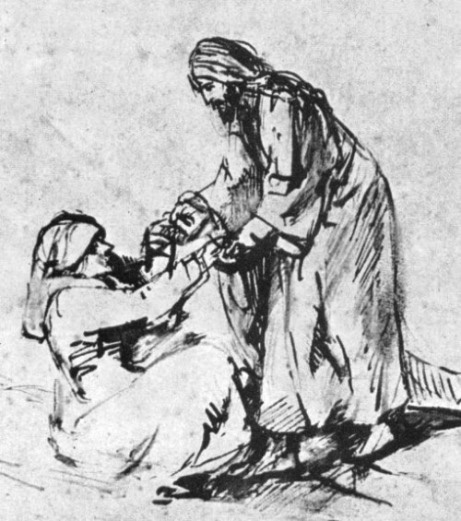In chapter 8 of the Gospel of John there is the story of the Woman Caught in Adultery. It doesn’t really belong there as it also appears in some versions of Luke’s gospel. It’s a floating narrative which seemed so genuine that it had to be included somewhere in the text of the gospels.
Eager scribes and pharisees bring the woman to Jesus – without the man- and ask if she should be stoned to death, as the Torah laid down. Jesus wrote with his finger on the ground, then said, “Let him who is without sin cast the first stone.” The accusers were silent and left, starting with the eldest. Then Jesus said to her, “Has no man condemned you?” “No, master,” she answered. “Neither do I condemn you,” Jesus said, “Go, and sin no more.”

Rembrandt sketches in the hostile gathering of Pharisees, scribes and nosey onlookers. The woman is exposed, shamed and afraid. Somehow the man escaped, as perhaps often happened with the complicity of the righteous male authorities. As in certain Islamic communities today, stoning did happen. In Rembrandt’s drawing, all eyes are on Jesus, who is writing on the ground with his finger. He is concentrating fiercely on his task, looking neither at the woman nor her accusers. How is Rembrandt interpreting Jesus’ action? Various interpretations were current, for example that Jesus was writing down the sins of the accusers.
I think the rapt concentration of Jesus is the clue: he is taking the role of God writing the commandment with his finger on the stone tablets, reminding the accusers that the Law does not belong to them but to the holy One who gave it. To invoke the Law is to invoke that holy one, who now in Jesus, stands in their midst and declares judgment: punishment can only be given by the sinless in the gathering! Once they have left, Jesus in the name of the holy One, tells the woman that he does not condemn her, but urges her not to sin again.
Jesus’ action on the ground is powerful enough to capture the attention of all, inviting them to imagine the finger of God. Elsewhere Jesus is recorded as saying, “If by the finger of God I cast out evil spirits, know that the kingdom of God has come upon you.” Those words could be applied to this scene.
I don’t know if Rembrandt saw it this way, but I think the almost impersonal focus of Jesus’ face and upper body, suggests that he did. The reformed church to which Rembrandt belonged was also a guardian of community morals, sexual immorality being a frequent issue for its discipline. In this drawing Rembrandt is asking if that sort of discipline is Christlike.









